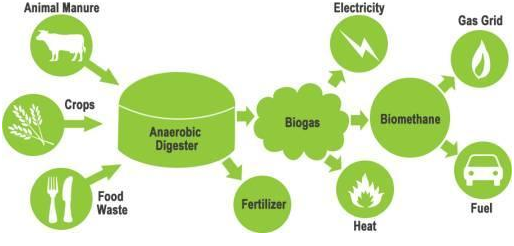Anaerobic digestion has found numerous uses over the past few years, ranging all the way from being a natural and renewable source of energy, to reducing waste and being an effective cleaning option. The process is natural and environment-friendly, reducing the amount of material to be disposed of immensely.
The most common use of anaerobic digester Mixing systems in the United States is at wastewater treatment facilities to break down sewage sludge. Digester mixing systems are a viable water treatment option, albeit relatively slow, especially considering the reduced cost and environmental impacts this method introduces.
In this article, we shall discuss the importance of digester cleaning services for water treatment facilities and how you can upgrade your digester cleaning systems without having to slow down operations or falling behind on monthly quotas.
Importance of Anaerobic Digestion Cleaning Services
- Reducing Treatment Facility Footprint
Anaerobic digester mixing systems help reduce solid material at sewer treatment facilities down to a harmless dry solid.
During the process of digestion, methane gas (CH4) is released, which in turn can be used to power the water treatment facility itself or be contributed to the grid.
At the same time, the remaining sludge is rich in nutrients for the earth, which can be sold off as fertilizer. Both, the gas and fertilizer, can be sold to improve the overall ROI (return on investment).
- Cost-Effective Disposal
By diverting solid waste to digester mixing systems in wastewater treatment facilities, the released methane gas can be used instead of power from the grid, reducing energy costs significantly. There is also a tipping fee that they can receive for accepting not just solid waste, but many other different types as well. If it can decompose, you can accept it (biosolids).
- Waste Diversion
One of the biggest problems we face is that our treatment facilities are already working all day, every day, while the amount of waste we create is continuously increasing. Municipalities are on the lookout for ways to divert as much waste from landfills as possible.
Anaerobic digester cleaning services help support much-needed waste breakdown for cities small and large.
Why Should Wastewater Treatment Facilities Adopt Anaerobic Digestion Methods?
If you are a municipality with a wastewater plant and you’re looking to meet your waste diversion quota or simply want to keep the environment safe, Anaerobic Digestion Cleaning is the way to go. Think about the following:
Improved Infrastructure
According to the California Energy Commission, more than 56% of energy usage by municipalities is spent on water treatment. By getting an anaerobic digestion system installed, the energy generated can be reused, improving costs and returns.
Benefits Over Aerobic Treatment
Here is a table showing the differences between aerobic and anaerobic water treatment, showing how management and maintenance of the digester mixing systems are much less taxing.
| Criteria | Aerobic | Anaerobic |
| Water treatment speed | Fast | Relatively slower |
| Process stability/control | Low | High |
| Volumetric loading rates | No | Yes |
| Heat input requirements | Yes | No |
| Surplus sludge (saleable) | No | Yes |
| Nutrient requirements | Yes | No |
| Oxygen requirements | Yes | No |
| Production of valuable by-products | No | Yes |
As the table suggests, while anaerobic treatment is slightly slower, the benefits far outweigh that problem.
The whole idea of anaerobic digestion cleaning is to be a cost-efficient and an environment-friendly solution to waste disposal. While the process isn’t completely efficient, it is the next best thing to minimize the impact on the environment.
If you are planning to hire digester cleaning services for your water treatment facility and are worried about the treatment being halted or quotas not being met, P&H Senesac operates mobile treatment services that can take over while you get your new system installed or repaired. Give us a call today and let’s discuss prospects!




